Neuroevolutionary Basis of Archetypes: An Exploration of the Parietal Eye and Pineal System
The quest to understand the enigmatic nature of the human psyche has long been a central preoccupation of both Western psychology and Eastern spiritual traditions. In the early 20th century, the Swiss psychiatrist Carl Gustav Jung proposed that beneath the veneer of our individual minds, there lay a deeper stratum of consciousness he termed the “collective unconscious.” This hidden realm, Jung argued, was populated by universal patterns of meaning and symbolism known as “archetypes,” which shaped our perceptions, emotions, and behaviors in profound and often unconscious ways.
Jung’s ideas about archetypes were heavily influenced by his deep reading of world mythology, folklore, and religious texts, as well as his own extraordinary experiences of visionary states and paranormal phenomena. He saw in these varied sources a common thread of symbolic themes and motifs that seemed to emerge spontaneously across cultures and throughout history, suggesting an innate psychological substrate that transcended individual experience.
However, while Jung’s conception of archetypes was groundbreaking and influential, it remained largely speculative and metaphorical, lacking a clear grounding in the empirical findings of biology and neuroscience. In the decades since Jung’s death, however, a growing body of research has begun to shed light on the possible evolutionary and neurological basis of archetypal experiences, offering tantalizing clues about their origins and functions in the human mind.
One key line of inquiry has come from the field of evolutionary psychology, which seeks to understand the mind in terms of the adaptive challenges faced by our early human ancestors. Researchers like Leda Cosmides, John Tooby, and Steven Pinker have argued that many of our most basic cognitive and emotional capacities, from language and social cognition to fear and aggression, reflect the shaping influence of natural selection on the brain over millions of years of evolution.
The Pareital Gateway to the Collective Unconcious
To understand archetypes, we first need to appreciate how evolution has shaped our brain and sensory systems over millions of years. Our story begins with a peculiar organ known as the parietal eye, which can still be found in certain lizards today, such as the tuatara of New Zealand.
The parietal eye is often called the “third eye” because it sits atop the head, separate from the two main eyes. However, its function is quite different from regular vision. Rather than forming detailed images, the parietal eye is sensitive to changes in light polarization and intensity. It acts as a skylight compass, helping the lizard orient itself in space and time.
Researchers believe the parietal eye provides a rapid, subconscious way for the animal to make broad judgments about its environment. By detecting celestial cues, it offers an intuitive sense of the world, bypassing higher cognition. In a way, it grants a form of direct knowing or what depth psychologists like Erich Neumann have termed “archetypal” perception.
Now, you might be wondering, what does a lizard’s third eye have to do with human archetypes? Well, as mammals evolved from reptilian ancestors, the parietal eye was lost. However, its neural wiring remained, finding a new home in the pineal gland within our brain. The pineal gland is now known for regulating sleep through the hormone melatonin, but its evolutionary history suggests it may do much more!
You see, even though the pineal gland no longer receives light directly, it seems to still “think” visually. Its cells resemble those in the eye and are sensitive to the same chemicals, like DMT, that can induce vivid hallucinations. Many traditional cultures have used these substances to trigger mythic visions and archetypal encounters.
The pineal gland also appears to be attuned to subtle ambient forces, like geomagnetism, much like the parietal eye was. Some even speculate it can pick up on quantum fluctuations, but this is still very hypothetical. The key point is that the pineal gland may have inherited an openness to underlying archetypal patterns in nature.
Curiously, the pineal gland’s link to altered states may relate to findings in schizophrenia research. While auditory hallucinations are very common in this condition, seen in up to 80% of patients, visual hallucinations are surprisingly rare, occurring in less than 2% of cases where no drugs are present. Why might this be?
One possibility is that schizophrenia involves a sensory gating breakdown that unleashes unconscious information, particularly through the pineal-auditory pathway. However, for visual hallucinations to emerge, a more severe disruption may be needed to reactivate the pineal gland’s dormant visual potential.
This could explain why phenomena like migraine auras, psychedelic states, and near-death experiences tend to evoke intense visionary elements. The pineal gland may act as a “neuroendocrine transducer,” converting extreme changes in neural activity into an eruption of archetypal imagery.
Now, I should emphasize that these ideas are still quite speculative and require much more research to verify. Nevertheless, they hint at an exciting possibility: that the universal symbols and themes we express in myths, dreams, and visions are not just arbitrary creations of culture. Rather, they may have deep evolutionary roots in our brain’s early sensory structures.
In this view, archetypes represent a primal form of perception, one that reaches beyond our individual experience to touch a collective ancestral knowing. They remind us that our mind is not a blank slate, but a living repository of innate wisdom, shaped by eons of natural selection.
Of course, making sense of archetypal experiences is no easy task, as they often feel alien to our everyday sense of self. This is where the insights of depth psychology can be invaluable, giving us a language and framework to integrate these primordial dimensions of the psyche.
At the same time, a neuroevolutionary approach to archetypes can help anchor depth psychology in empirical science. By grounding the numinous in the biological, we can trace the origins of our shared symbolic heritage to its very source in the substrates of consciousness.

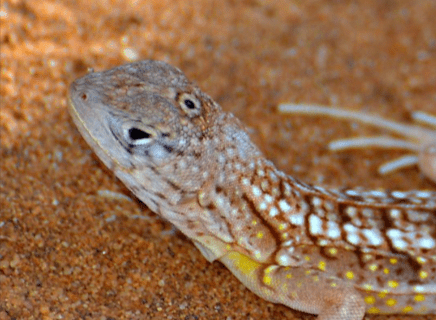

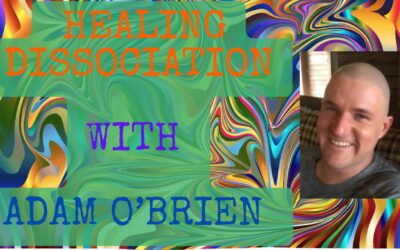
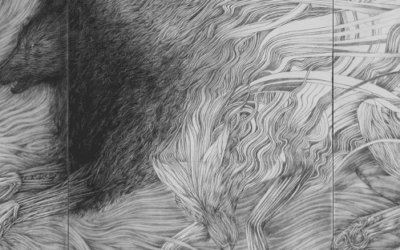
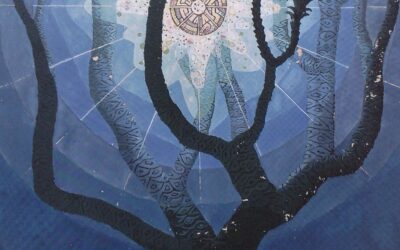




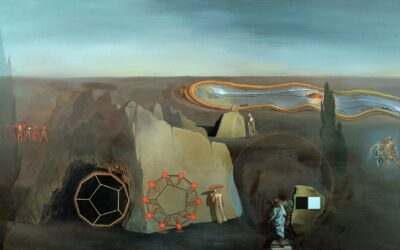
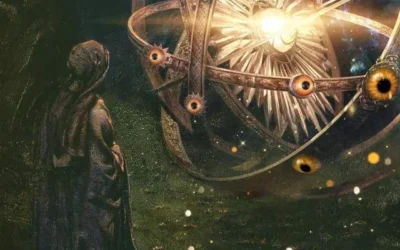


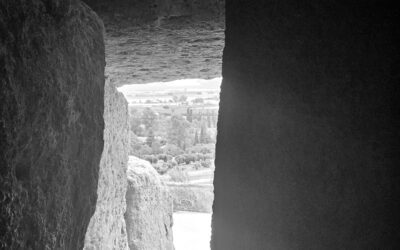
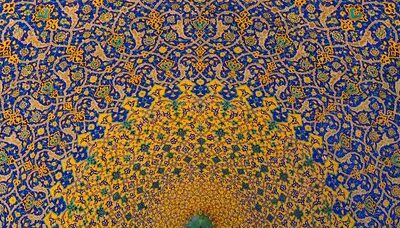




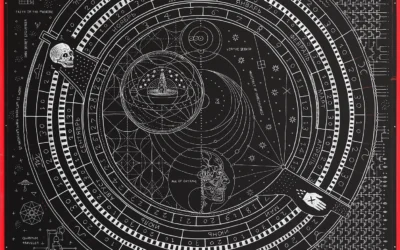

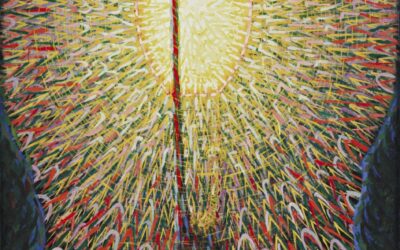
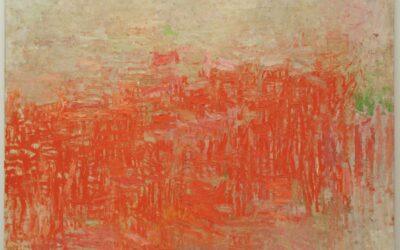


0 Comments